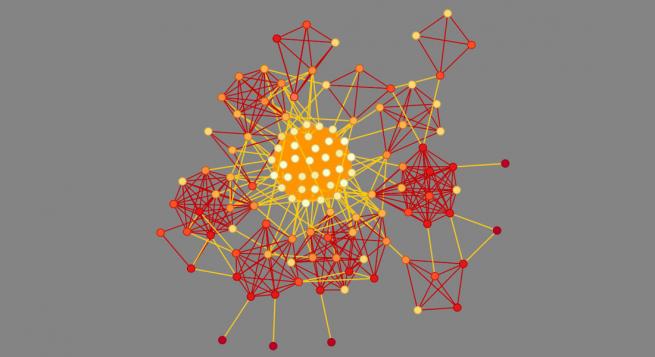Superspreading - Coronaviruses' Weakness?

The SARS-CoV-2 virus has a marked tendency towards superspreading. The phenomenon was also observed in recent coronavirus threats SARS and MERS, but how exactly superspreading interacts with mitigation strategies was not known. It is this question that researchers from the PandemiX Center and the Niels Bohr Institute tackle in a recent mathematical modelling study in the prestigious journal, Proceedings of the National Academy of Sciences (PNAS).
The researchers find that superspreading is - perhaps surprisingly - not all bad news. A superspreading disease is far more vulnerable to lockdowns than a more evenly (or homogeneously) spreading disease. The study thus offers an explanation for the unexpectedly large effect of lockdowns seen during the COVID-19 pandemic.
The study goes one step further and singles out the types of population-wide mitigation strategies which are most effective against a superspreading disease. It turns out that it's all a matter of reducing "random" contacts, such as in bars, nightclubs, public transport - i.e. contacts with people you rarely meet.
In a broader context, this research emphasizes the importance of developing epidemiological models which can take individual differences into account - biological as well as social and behavioural.
Read the full scientific paper in PNAS.
If you want to know more about superspreading, you might want to read the articles below (In Danish):